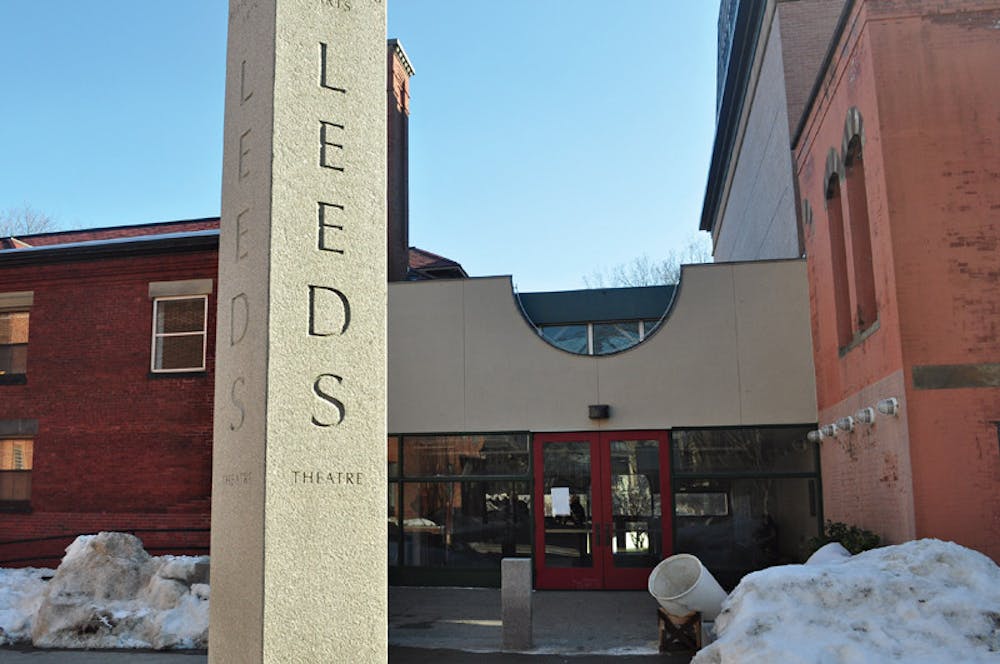The University will likely have a site selected for its new performing arts venue by this summer, said Michael Steinberg, vice provost for the arts. Other key initiatives Steinberg is currently pursuing include better integrating the arts into the greater Brown curriculum and establishing a “global conservatory” in Berlin.
“Brown has decided it’s going to do something very exciting with the arts that combines the arts with the liberal arts,” Steinberg said. Specifically, the University is looking to blend the arts more fully into the liberal arts curriculum, including both humanities and sciences, he added.
Steinberg said there are “two halves” to completing this goal: the program and the facilities.
“There is a commitment to develop both sides of that. And to think of an academic program that will, in fact, combine arts and the liberal arts education with new possibilities, new resources, new programs, new faculty and new kinds of faculty,” he said.
Hiring visiting professors and academics in art-related fields will be important for integrating arts within other departments. Steinberg said that the process is in motion and requires a lot of conversation with departments, faculty members and students.
“We’ve been brainstorming with groups of students and faculty about what they would like to see happen at Brown. … The kinds of faculty, the kinds of programs, the kinds of space on campus, but also off-campus” are all topics of discussion, Steinberg said.
The University hopes to have a campus site for a new performance venue chosen by this summer, Steinberg said.
“We’ve been working with some very interesting design and consulting firms in New York to talk to about not only the site but the type of space and also the kind of acoustics for the performance space,” he said.
Grace Stokan ’16 and Dharsan Chandrakumar ’18, members of the orchestra, stressed the need for and expressed excitement about a new performance venue on campus.
“We have quite a good music program, so we really should have the facilities for it,” Stokan said.
Currently, the orchestra performs in Sayles Hall, a space that both students said is inadequate due to its poor acoustics and limited seating.
In envisioning a new venue, Stokan said she would love a “classical style to match the old architecture on Brown’s campus,” but, more than anything else, the venue should be “acoustically good and fit a large audience comfortably.”
A new performance space would be an “investment,” Chandrakumar said. But it could “attract a lot of interest in the school from prospective students” and “make attending orchestra performances more enticing” he said.
Steinberg said that the new facility would have both performance and studio space, and include “various kinds of incubator spaces for collaborative projects that will involve visiting artists and students.” He hopes that the new facility “will become a kind of hub of creative life on campus.”
Steinberg also stressed a “global component” of his initiatives that would provide students with expanded opportunities away from Providence. A major project in the works is to establish a “global conservatory” program in Berlin, beginning with partnerships with existing programs.
Steinberg cited the city’s unique history of being “not only a major city, but a city of cultural and political encounter” and a “pioneering city with a long history in the arts.”
Brown will be aided by its “several key partners in Berlin” Steinberg said, including three major Berlin universities, U.S. colleges with Berlin campuses and other smaller research and arts institutions in the city.
Steinberg hopes that collaboration will start this summer for a few Brown students with a theater program in Berlin run by Bard College. There is an existing program for Brown students in Berlin that is run by the Department of German Studies that “will be very important as an example,” Steinberg said.
Steinberg added that he has taken three groups of students to Berlin on pilot programs over spring break in the last four years. “They’ve all had to write reports about how Berlin could become important to their curriculum, and so I’ve gotten a lot of feedback from students who are very excited about it,” he said.
This initiative “is growing,” Steinberg said, adding that he thinks “there will be several stages to it.”
There are many opportunities for professional opportunities for students in the arts in Berlin, and Brown has many contacts, “either direct or indirect, with artists who have studios in Berlin” that offer internship programs, Steinberg said.
These include internships with artists in all fields, including visual arts, graphics, music, museum studies and more, he said. This year, Steinberg added, a student has applied for a summer internship in Berlin with one of the most famous installation sculpture artists in the world.
Brown has the chance to combine the arts with the liberal arts “in a really cutting-edge way,” Steinberg said. “And frankly, I don’t think that’s been done.”
Steinberg, formerly the director of the Cogut Center for the Humanities and a professor of history, said he is enjoying his role as vice provost for the arts, a new position the administration announced in November. “I get to talk to all sorts of people both off campus and on campus and brainstorm with creative people.” Steinberg assumed the position Jan. 1.





